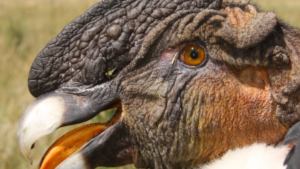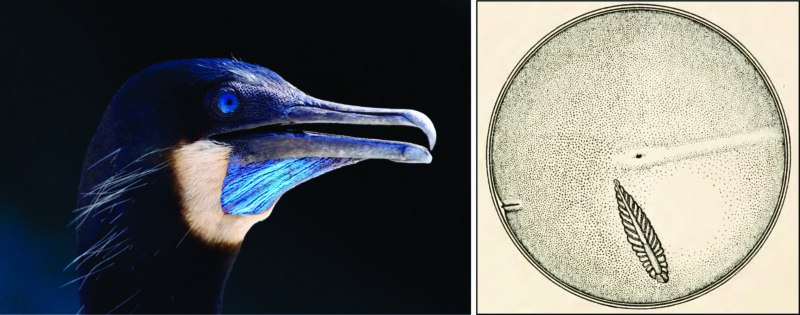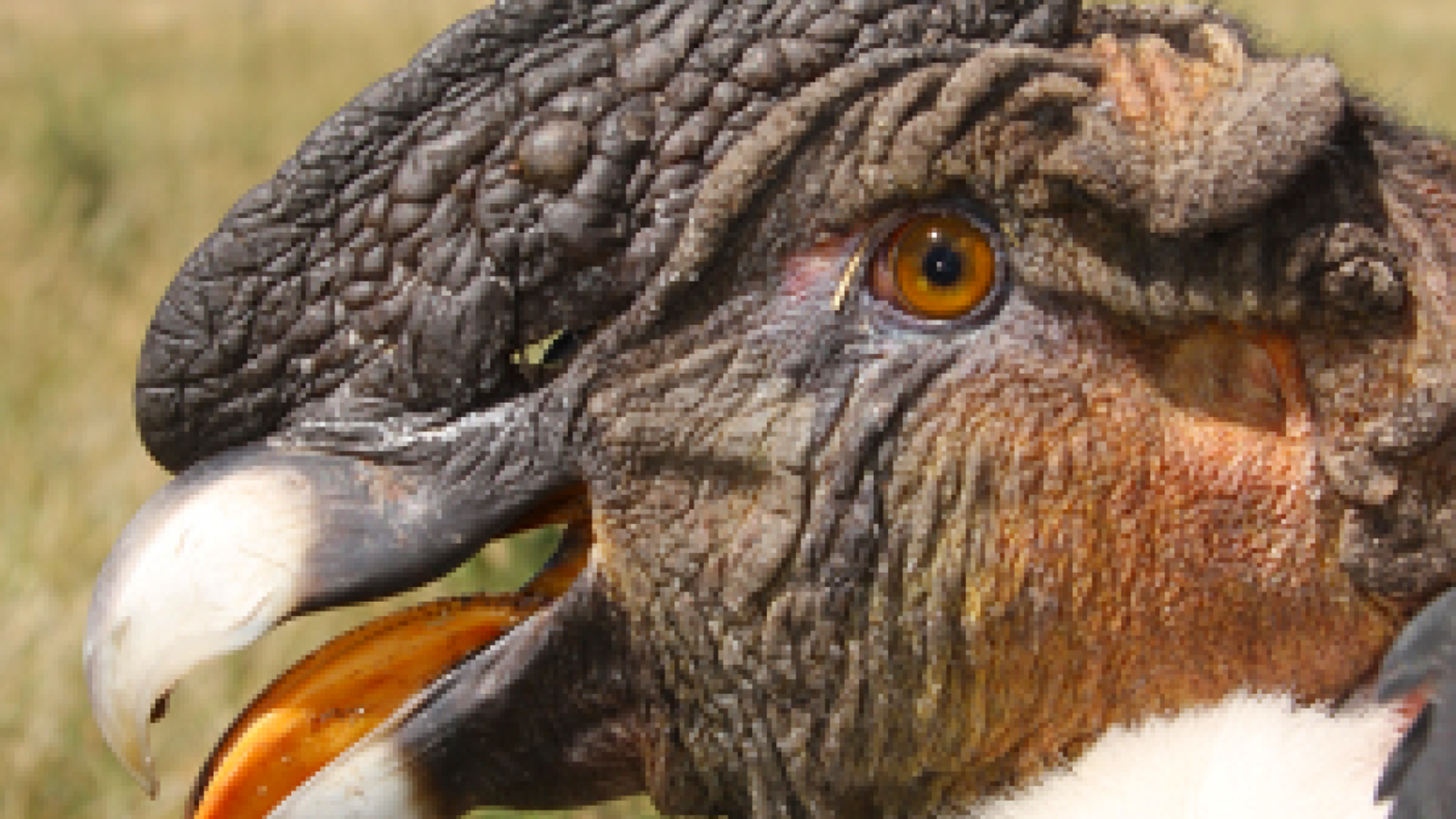
You may well have noticed that studies of bird plumage colouration have been a prominent feature of the scientific literature for the past three decades. Fuelled by Some useful theory, interesting experiments, and the advent of portable spectrometry and bespoke software have fuelled this advance (e.g., Hill & McGraw 2006). As a result, studies of bird colours have generated a rich literature on the genetic, pigmentary, and structural bases of colours; on the influence of colours on mate choice, social structure, and camouflage; and on the effects of climate change and urbanization on plumage displays. Last year alone, IBIS published at least 7 papers on some aspect of plumage colours whereas in 1980 there were none.
Birds also have colourful eyes and bare parts, but eyes and skin fade or disappear in preserved specimens. In living birds, these features can change colours almost instantly (bare parts) or cannot be touched for reflectance spectrophotometry without injury to the bird.
In a comprehensive paper on the eyes of birds, Bird’s-Eye Views, Elliott Coues (1865) waxed poetic on the colours of birds’ eyes:
The iris…is the most exquisitely beautiful structure in a bird’s eye. It is the many-colored curtain that hangs vertically between the two apartments of the eye. It is the highly ornamented framework of the window of the eye, uniting the offices of sash and blind.
Despite his fascination with irises, he had little else to say about them as they were devilishly hard to study until recently (Corbett et al. 2024).
Early on, naturalists certainly noticed that the colours of birds’ eyes varied between species, sexes, seasons, and ages. Of course they noticed these patterns as most early naturalists were looking at freshly killed birds in the hand or birds in captivity. Like Coues, however, few speculated about the reasons for that variation, providing neither proximate reasons (physiology, pigments, structures) nor the ultimate explanations (selection, drift etc.). Charles Darwin, for example, often recorded the iris colour of birds that he collected. He noticed that there were sometimes age and sex differences but (uncharacteristically) he never speculated on the causes, As far as I can tell, this is the best he could do (Darwin 1838:6):
In the garden at Valparaiso, where so many [Andean] condors were kept alive, I observed that all the hens had the iris of their eyes bright red, but the cocks yellowish-brown….I suppose the colour of the iris changes at the same time with the plumage.
In the early 20th century, the ophthalmologist Casey Wood studied avian eyes for more than two decades—one of his many avocations (Dickenson 2023). His focus, however, was on the fundus oculi (retina, fovea, and pecten; Wood 1917). Wood used his ophthalmoscope to look through the living birds’ pupils to inspect the fundus, as ophthalmologists are trained to do. To do this, he enlarged the pupils with chemicals and thus shrank the visible irises. Wood looked right past the beautiful blue irises of the Brandt’s Cormorant to do his research.

Figure 1. Brandt’s Cormorant’s eyes © Bruce Lyon (left) and fundus oculi showing the retina, pecten, and fovea from Wood 1917 (right).
It was not until the late 20th century that scientists began serious study of the irises of wild birds—chicken and pigeon irises had by then been well studied. Recent research has shown that iris colour can be related to dietary pollutants, nest location (open vs closed), signalling behaviours, parental quality, and much more (references in Corbett et al. 2024).
With all the new hardware and software technologies, I think the study of avian eyes, and particularly irises, is wide open for fruitful discovery. While writing this piece, I wondered if a new field of study might emerge, called ‘iridology’, the study of irises. It turns out, however, that Iridology is a long-discredited pseudoscience, one of the many branches of medical quackery (homeopathy, snake oil, reflexology) designed to make a fast buck for the proponents or to solve a problem that was eluding medical science.
Iridology had a bird connection, too. For centuries, people sought insights into physical and mental illness by looking into one another’s eyes. But it was not until the late 1800s that Ignaz von Peczely [1826-1911], a Hungarian physician, suggested a link between iris traits and health and especially diseases of internal organs. With that ‘insight’ the practice of iridology was born. Von Peczely is said to have noticed a link between a black stripe on an owl’s iris and its freshly broken leg, and then saw that the mark turned white as the leg healed.

Figure 2. top—from von Peczely (1886); bottom—a ‘modern’ chart used by those practicing iridology.
I expect that detailed study of avian irises will one day provide insights into the trade-offs involved in the evolution of a complex trait. There is already some evidence that iris colours evolve by both selection and drift, constrained to some degree by phylogenies, physiologies, and development. Sometimes the forces of both natural selection or social (including sexual) selection, or the trade-offs between them seem to be at play. As Elliott Coues (1868:575) noted more that 150 years ago, the iris “has been all the time nervously quivering at our neglect”.
Further Reading
Image credits
Top right: Male Andean Condor © Ugo Mellone from Blanco et al. (2013) CC BY 4.0 PLoS ONE
Blog posts express the views of the individual author(s) and not those of the BOU.
If you want to write about your research in #theBOUblog, then please see here



